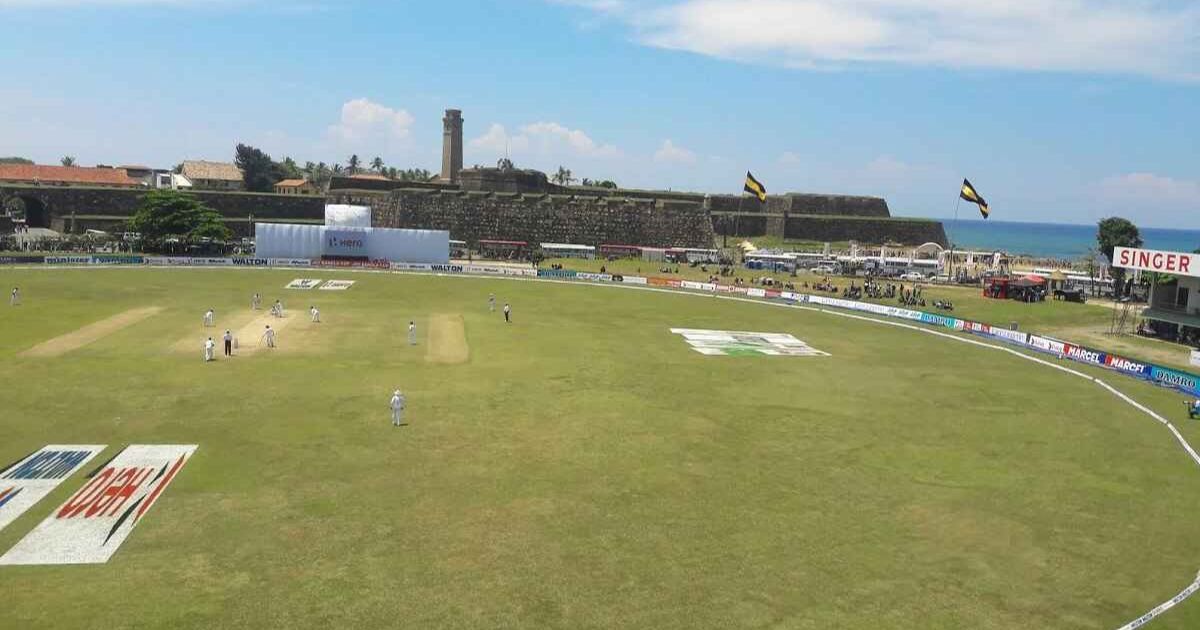The Tsunami in 2004 created havoc destruction in many parts in the world. It was one of the most devastating Tsunami in the history of the mankind. One such part which faced the wrath of destruction was the iconic Galle Stadium in Sri Lanka. The giant waves created havoc in the stadium, destroyed the architecture of the stadium and all that remained post the Tsunami was the ruins. The stadium was known for its iconic scenic view of the Indian Ocean and the history Dutch Fort, but was completely destroyed by the disastrous effect of the tsunami.
When the waves came in, it destroyed everything on its way. The water destroyed the pitch, the stands were in ruins and the whole structure was in debris. It was shocking for the Sri Lankans to witness their iconic ground in ruins. Fans and onlookers could not even recognise the iconic Galle Stadium from the images after the aftermath of the Tsunami.
Galle Cricket Stadium Got Washed Out In Tsunami – Here’s How It Was Rebuilt

After the disastrous Tsunami that destroyed the stadium, it was time for rebuilding it. The damage was serious. However, the Sri Lankan people were hell bent and serious in re building their iconic cricket stadium. They worked hard and tireless to take the stadium to it’s Pre-Tsunami structure. Volunteers and workers from various parts of the country gathered to help in rebuilding their iconic stadium.
It wasn’t easy to re-construct the damage and get it to its former glory. It needed proper planning, extensive funding and vigorous determination. The Engineers and architects had to not only rebuild it but make sure that further damage can be prevented when such a natural disaster comes up in the future. They reinforced structures, elevated certain areas, and incorporated modern designs while preserving the historic essence of the venue.
By December 2007, Galle Stadium reopened with its full glory. There was a Test match between Sri Lanka and England. The event was more than just a cricket match. It was the return of cricket to the area which was destroyed by a natural disaster. It was the result of the hard work of the tireless workers and everyone who was involved in rebuilding the stadium. The stadium, now with enhanced facilities, stood as a testament to the resilience of the people. It once again hosted memorable test matches, and fans returned to cheer for their team. Today, Galle Stadium stands proudly, a symbol of recovery and hope. It continues to host international matches, drawing fans from around the world.
ALSO READ: One Big Change Virat Kohli Made After Losing The Battle To James Anderson





